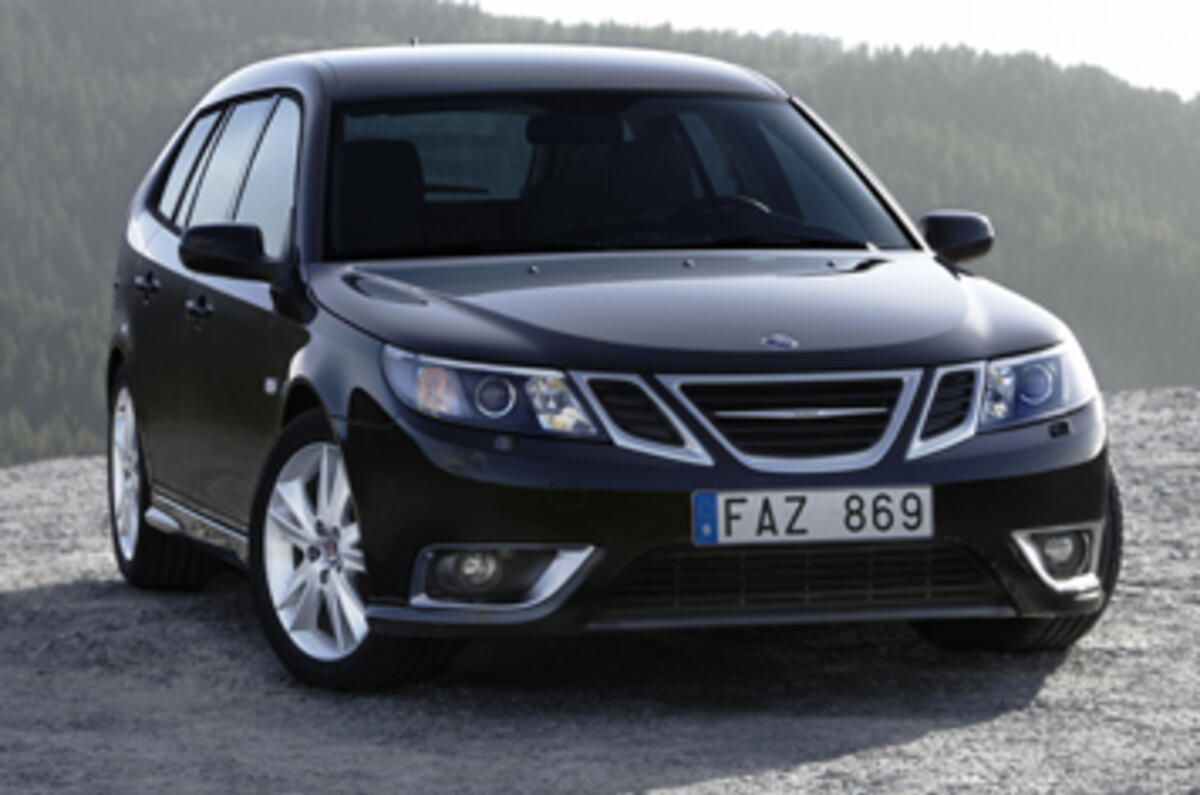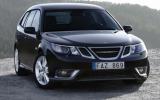What is it?
Four years into its life the Saab 9-3 has been given a heavy make over. Saab claims that there have been over 2000 changes made to the car, the most obvious of which is the completely re-panelled front-end.
The door skins have been changed too, and the 9-3 gets new door handles and the rubbing strips have been removed. The interior hasn’t had much work as a revised dashboard was fitted last year.
Under the skin, there’s the option of a new 180bhp twin-turbo diesel engine and a new 2.0t engine that will deliver 200bhp when filled with E85 ethanol. The top-line 2.8 V6 turbo now comes in both 255bhp and 280bhp forms.
Efforts have been made to improve overall refinement and the gearbox gets a much-needed new linkage between it and the lever. The autobox has also gets a switchable sport mode.
What’s it like?
Better. It feels more of a piece, and somewhat better screwed together. As ever, the 2.0t version was satisfyingly brisk on the sweeping Swedish motorways, where it was happy to lope along at speed, but with enough in reserve for snappy overtaking manoeuvres.
It’s still a car that appeals to drivers who favour unruffled progress and appreciates the unmatched comfort of Saab seats. The 9-3, like its forebears, is not intended as a car for hardcore drivers.
But that could all change next spring when Saab introduces the 9-3 XWD (Cross Wheel Drive) as the ultimate expression of a facelifted range.
The XWD transmission is based around the new, fourth-generation, Haldex clutch, mounted ahead of the rear differential.
The really good news is that the unit is now ‘predictive’ so you don't have to wait for front wheel slip before torque is fed rearwards.
But Saab engineers have fitted another Haldex clutch – dubbed the eLSD - to the output side of the differential so torque can also be divided between the rear wheels.
For example, if the XWD hits standing water with its right front wheel, 85 per cent of the engine’s torque would be directed instantly to the rear wheels.
That 85 per cent would then be split by the eLSD 80 per cent to the left-hand rear wheel and just 20 per cent to the water-bound right-hand wheel.
We drove a late XWD prototype on a circuit of gravel, water spray and extreme lane-change manoeuvres and there’s only one conclusion. The XWD works, and brilliantly.
You can see how much difference it makes by checking out our videos section, or clicking here. No matter how extreme the steering action in the simulated lane-chances, the XWD remained neutral and extremely stable. Nose-led lurching and weight transfer were virtually absent.
And with the tail drifting on gravel, the eLSD would tweak it back into line with uncanny accuracy.
On a section of conventional tarmac, the XWD behaved remarkably like a car with 50/50 weight distribution. It cornered hard and flat, gripped like a limpet and could easily deploy all its 280bhp and 295lb ft. We look forward to getting XWD on the open road.





















Join the debate
Add your comment
Re: Saab 9-3 2.8 V6 XWD
I have just put my order in for a 2.8 XWD Aero saloon and cannot wait. I will post my findings if ever you can get me out of the car once it arrives!